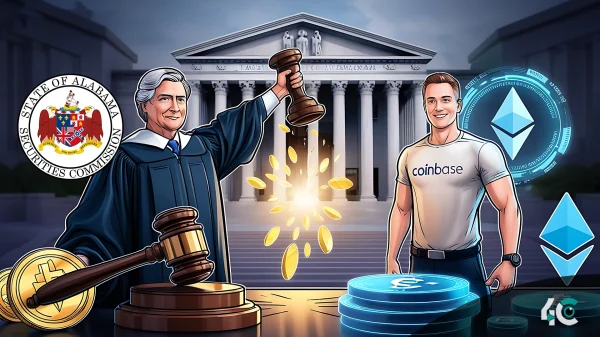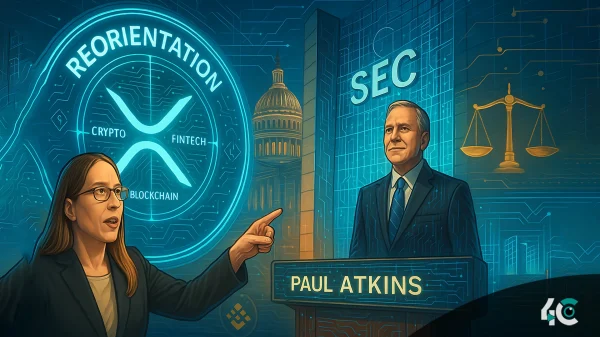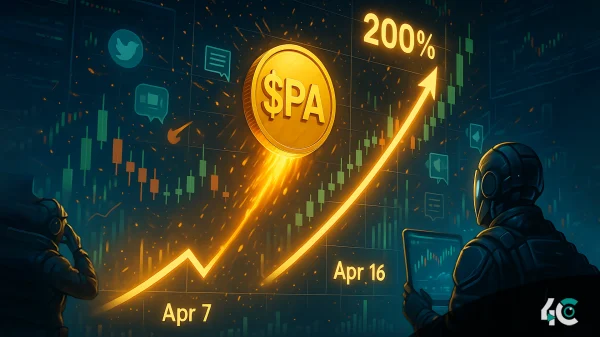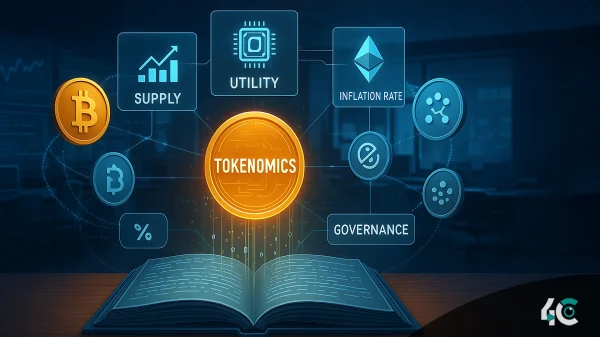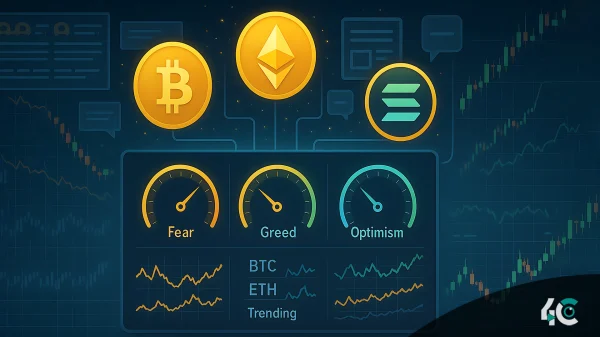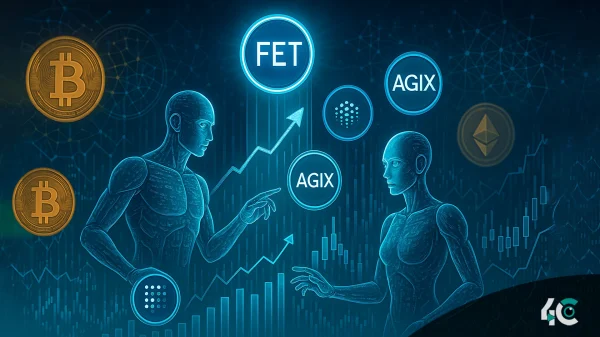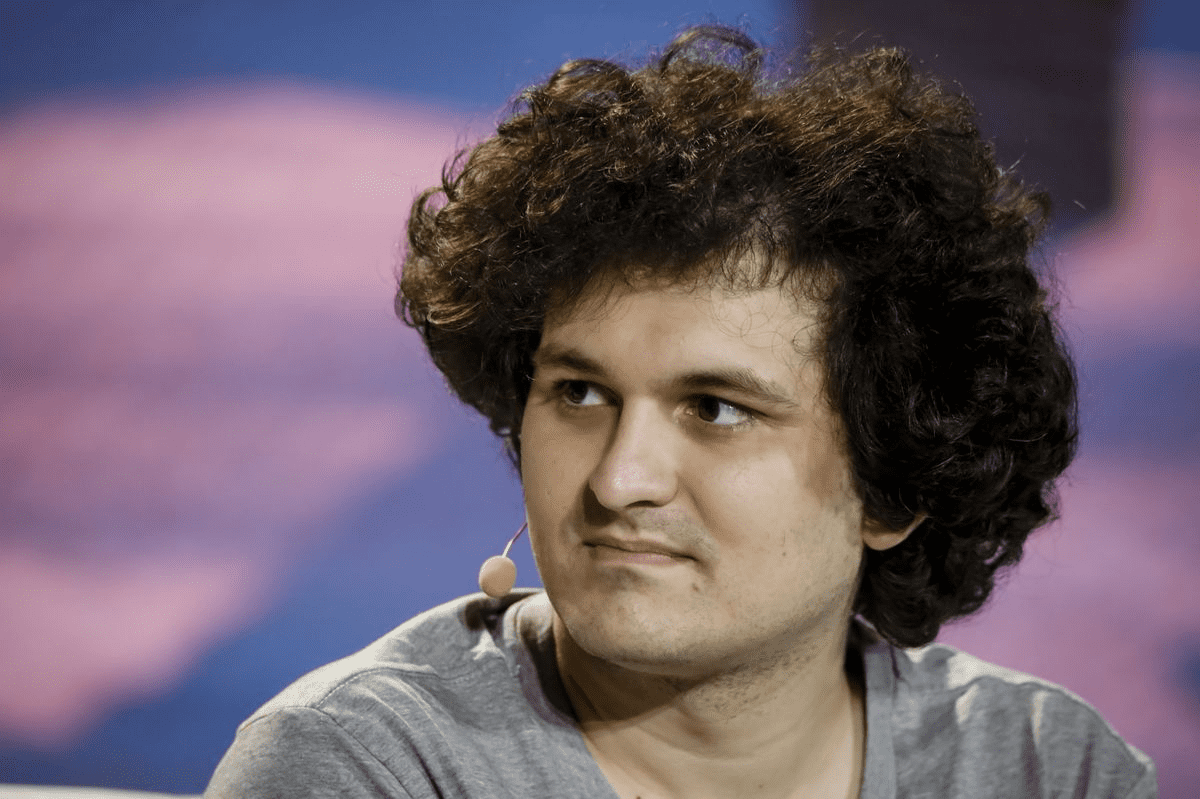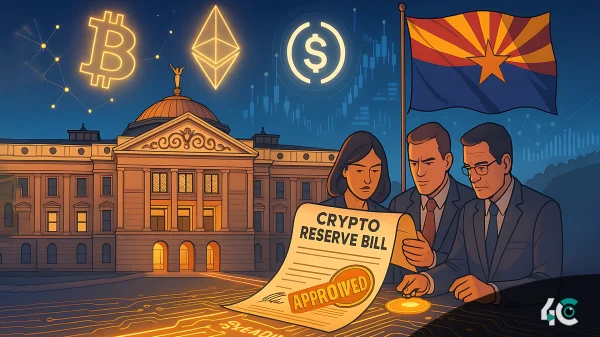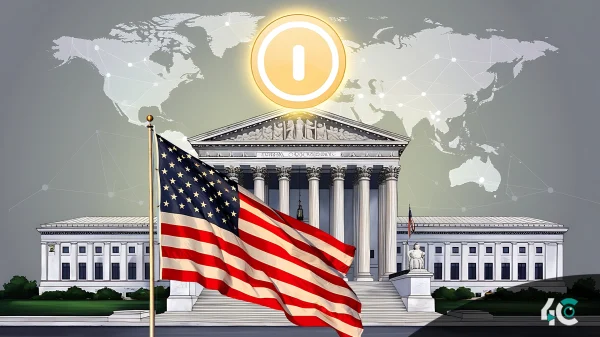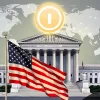As a condition of “SBF” Sam Bankman-Fried’s release on bail in the criminal case against him, the federal court who is presiding over the case has ordered that he has no contact with any current or past workers of the exchange, whether they work for the exchange or not.
Judge Lewis Kaplan of the Southern District of New York ruled on February 1 that in order for Bankman-Fried to stay free on bond until his trial, he must be prohibited from contacting with current or former employees of FTX or Alameda Research “unless in the presence of counsel.” After prosecutors alleged in prior papers that the ex-FTX CEO had spoken with the ex-FTX US general counsel Ryne Miller using the encrypted messaging app Signal, Kaplan ruled that SBF was prohibited from using such a service to contact anybody.
The undisputed information available to the Court regarding the ‘nature and seriousness of the danger [. . .] posed by [defendant’s continued] release’ on the existing conditions has changed substantially since he was released, and there appears to be a material threat of inappropriate contact with prospective witnesses. That risk, the Court finds, is clearly and convincingly sufficient to warrant the imposition of additional conditions pending the full argument of the cross-applications.
Said Judge Kaplan
After federal prosecutors in Manhattan claimed Bankman-Fried may try to influence witnesses or destroy evidence, US District Judge Lewis Kaplan issued his judgement. In December, police said they had found evidence that he had stolen billions from FTX customers and lied to investors and lenders.
In criminal documents filed last week, prosecutors referenced a Signal message made by Bankman-Fried to the general counsel of the FTX U.S. unit on January 15. Bankman-Fried suggested they get on the phone to “vet things with one other” or “have a productive relationship.”
According to Kaplan, SBF was the driving force behind the decision to begin automatically deleting all Slack and Signal communications between FTX and Alameda employees in 2021. This was done after SBF allegedly told former Alameda CEO Caroline Ellison that having access to such communications would make it harder to build a legal case. In his decision, he mentioned communicating through Signal with Miller and “other present and former FTX personnel.”
The court hasn’t ruled on whether SBF’s bail terms would include a prohibition on his access to FTX and Alameda funds. On January 30th, the Department of Justice said that Bankman-Fried had contacted FTX CEO John Ray and asked about getting his hands on some of the company’s money. On February 7, Judge Kaplan has scheduled a hearing to hear both sides of the case.
Bankman-Fried’s trial on eight felony charges, including wire fraud, is set to begin in October at the U.S. District Court for the Southern District of New York. Debtors in the bankruptcy lawsuit against FTX have recently sought subpoenas for information and documents from SBF’s family members, which is being heard in the District of Delaware.




